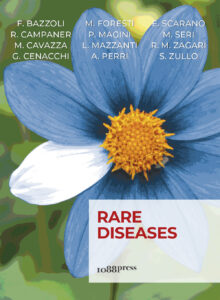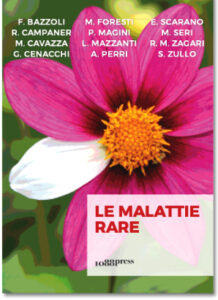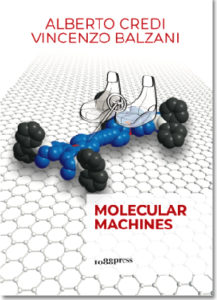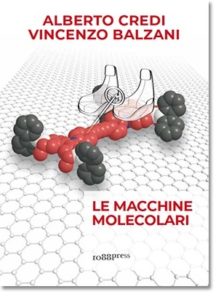
BITS
Sintesi autorevoli ed accessibili scritte dai migliori specialisti su temi di rilevante attualità e alle frontiere della scienza per orientarsi nelle complessità e nelle sfide del mondo contemporaneo.
Are rare diseases really rare? There are more than 6,000 “orphan diseases”, 80% of which are gene-related, leading to chronicity, discrimination and loneliness. However, there are numerous support networks capable of taking care of patients and their caregivers, from diagnosis to identification of the most suitable therapies, thanks to the expertise of experts and specialized centers in Italy and in Europe. This book is an introductory tool to orient oneself, understand and begin to move around in the complex and constantly evolving panorama of rare diseases.
Le malattie rare sono veramente rare? Sono più di 6.000 le “malattie orfane”, di cui l’80% di origine genetica, portatrici di cronicità, discriminazione e solitudine. Tuttavia, esistono numerose reti di supporto capaci di prendere in carico il paziente, e chi lo assiste, dalla diagnosi fino all’individuazione delle terapie più adatte, grazie alla competenza di esperti e di centri specialistici in Italia e in Europa. L’opera è uno strumento…»
Teorie del complotto, fake news e credulità nei social media sono responsabili dell’attuale tensione nel dibattito sociale. Un’analisi di questi fenomeni, articolata in cinque possibili percorsi di lettura, delinea i concetti chiave di verità, post-verità e indagine, fornendo alcuni modelli teorici in grado di rilanciare la discussione razionale. La filosofia, con i suoi strumenti, diviene qui un efficace antidoto contro…
La nuova edizione in lingua inglese di “Le macchine molecolari” si rivolge a un pubblico internazionale, per proseguire il dibattito sulle nanomacchine: «The design and construction of machines and motors of molecular size is a stimulating scientific challenge and a primary objective of nanotechnology. During the past thirty years, chemists have taken up this challenge and learned how to make and operate simple nanoscale machines…»
La costruzione di macchine di dimensioni molecolari è uno straordinario risultato scientifico e un obiettivo primario della nanotecnologia. Nel corso degli ultimi trent’anni, i chimici in varie parti del mondo hanno imparato a realizzare delle semplici macchine nanometriche. Anche se questi minuscoli dispositivi non sono ancora divenuti parte integrante della nostra vita quotidiana, siamo ormai alle soglie di una nuova rivoluzione industriale…






